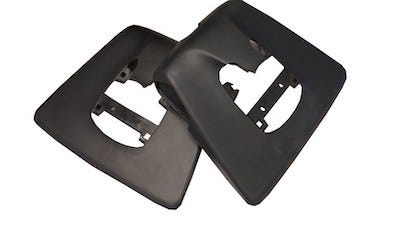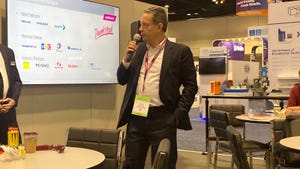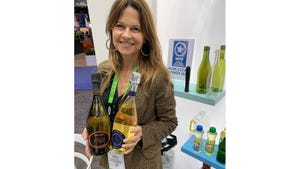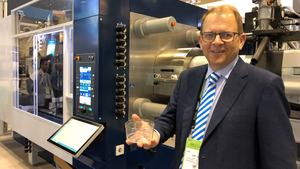Glass Fiber PP Delivers Class A Textured Finish
Asahi Kasei's Thermylene SoForm A Class-A surface material features low emissions and excellent scratch resistance; SoForm products are available and being considered for 2022 Model Year automotive interior programs, as well as industrial durable goods.
July 17, 2020
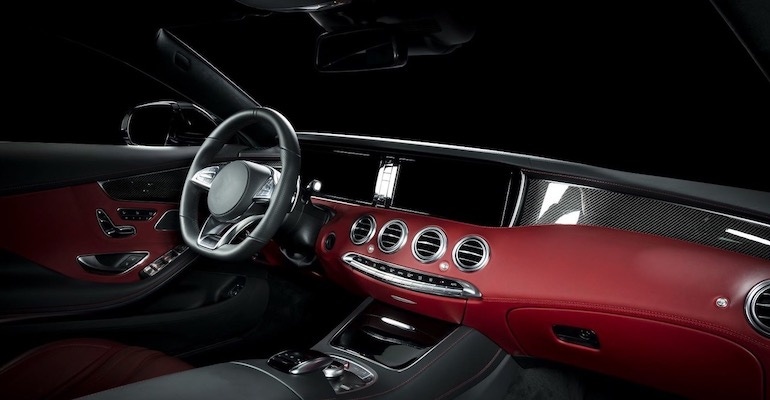
A series of glass fiber-reinforced polypropylene (PP) grades for automobile applications features excellent scratch resistance with haptic surface feel and improved durability compared to competing materials according to its supplier. Asahi Kasei Plastics North America, Inc. The company’s SoForm technology employed in the Thermylene series of PP compounds also offers key benefits such as low gloss, low emissions, chemical resistance and structural performance.
|
Class A surfaces in black and gray, are achievable with SoForm glass fiber–reinforced polypropylene grades. The application shown is an interior rear mirror stay. Copyright by Asahi Kasei. |
"Durability coupled with low gloss and improved haptic surface feel are key to interior performance and customer end use criteria now more than ever; SoForm provides an attractive solution to meet these demanding requirements," states Marketing and Business Development Manager, Jane Horal.
The SoForm product is available in 10%, 15%, 20% and 25% glass fiber-filled grades. All are commercialized and available in either natural, color at the press or pre-colored for injection molding.
Automotive application areas for these novel grades include, instrument panels, door panels and associated touch points (map pockets, console sides, mirror surrounds and seat trim).
SoForm also reportedly excels in the industrial segment with applications such as furniture armrests and durable wear surfaces. The durability and haptic surface finish enable both automotive and industrial segments to provide customers with improved longevity and luxury.
Currently, soft touch paint, over-molding or a foam in place with skin has been required to meet these customer demands. SoForm is an alternative to improve the design, manufacture, logistics and value chain of the production process. As SoForm eliminates the needs to paint, over-mold or foam in place, it can provide additional cost-savings and eco-friendly options for the manufacturer.
About the Author(s)
You May Also Like

